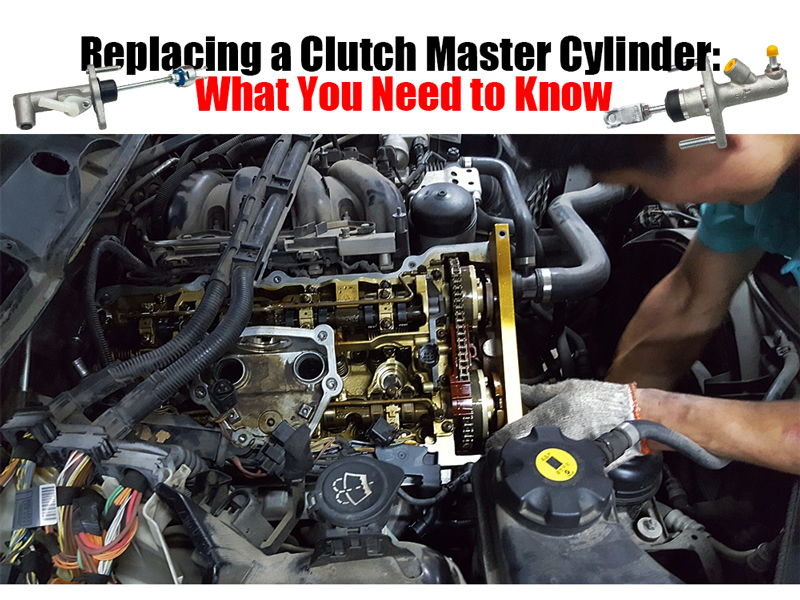Replacing a Clutch Master Cylinder: What You Need to Know
1. Preparatory Work
Tools and Materials Preparation
Prepare all necessary tools in advance, including wrenches, screwdrivers, a jack, a new clutch master cylinder, compatible clutch fluid/brake fluid, and a fluid catch container.
Secure the Vehicle
Engage the parking brake and use a jack to safely lift and stabilize the front of the vehicle. Remove the wheels if needed to create more working space.
Drain the Old Fluid
Open the clutch fluid reservoir and remove or drain the old fluid to prevent contamination of the new clutch master cylinder.

Remove the Old Clutch Master Cylinder
Disconnect the fluid line fittings and collect any leaking fluid with a container to prevent spills.
Remove the pushrod pin and mounting bolts, taking care not to damage fluid lines or wiring harnesses.
Install the New Master Cylinder
Ensure that the new master cylinder matches the vehicle model and use genuine parts.
Reinstall the mounting bolts in the original position and tighten them to the appropriate torque. When connecting the fluid lines, check for proper sealing to avoid leaks.
3. Bleeding
Two-Person Bleeding Procedure
One person repeatedly presses the clutch pedal while the other loosens the bleeder valve on the slave cylinder. Continue until fluid flows out without air bubbles, then tighten the valve.
Fluid Top-Up and Check
After bleeding, top off the reservoir with fresh fluid to the recommended level. Do not let the reservoir run dry, as it may introduce air into the system again.
4. Testing and Adjustment
Pedal Travel Test
Start the engine and check if the clutch pedal returns smoothly and travels correctly. Ensure that the clutch disengages and engages smoothly and fully.
Leak Inspection
Inspect the fluid line connections, master cylinder body, and slave cylinder for any signs of leakage. Retighten fittings if necessary.
For Honda owners, the Honda Civic clutch master cylinder is a commonly replaced part. These models are known for their longevity, and replacing worn-out hydraulic components can help extend the vehicle’s lifespan even further. Similarly, if you drive a Nissan, a failing Nissan clutch master cylinder can lead to noticeable performance issues, including clutch slippage or total failure. It's a good idea to replace both the master and slave cylinders at the same time to ensure optimal performance and prevent future breakdowns.
As a high-quality clutch master cylinder supplier, KOMP mainly produces aftermarket clutch master cylinders. It is well-known in China for its good quality, favorable prices and 1-year or 30,000km warranty. And the United States, Venezuela, Malaysia, Thailand and other countries place large orders for KOMP products every year. If you happen to be looking for clutch master cylinder manufacturers, KOMP is the one of your best choices.